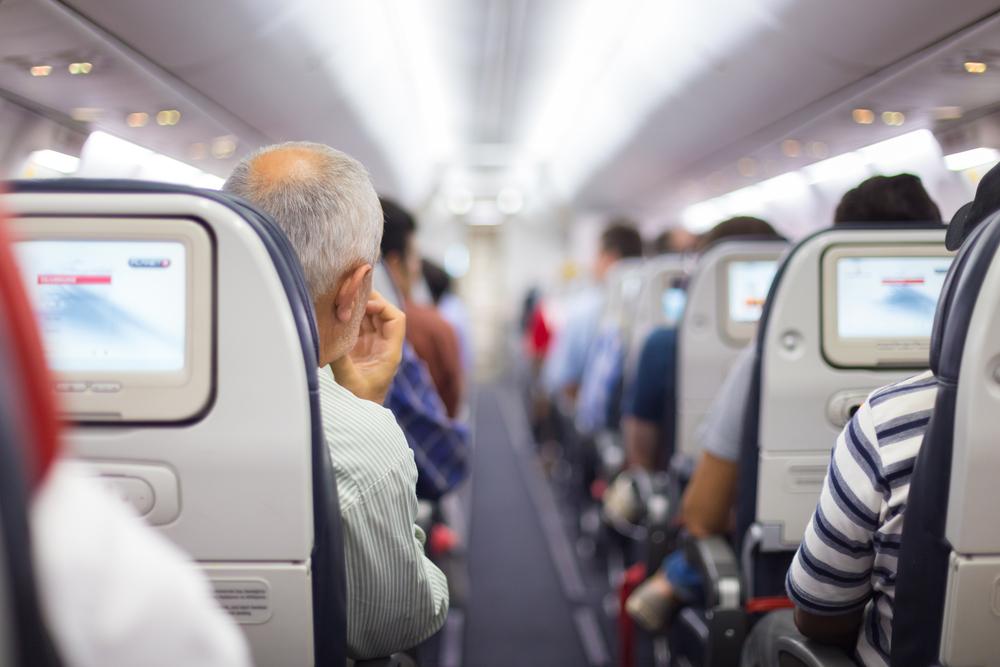Trend in Airline Seats Puts Squeeze on Passengers
Airbus’s new seat configuration that’s being described as cramped and claustrophobic—and it’s a sign of what’s to come

Shutterstock*
|Updated:
Cindy Drukier is a veteran journalist, editor, and producer. She's the host of NTD's International Reporters Roundtable featured on EpochTV, and perviously host of NTD's The Nation Speaks. She's also an award-winning documentary filmmaker. Her two films are available on EpochTV: "Finding Manny" and "The Unseen Crisis"
Author’s Selected Articles




